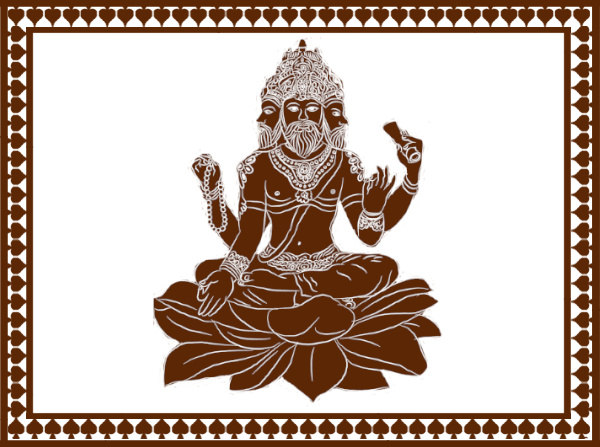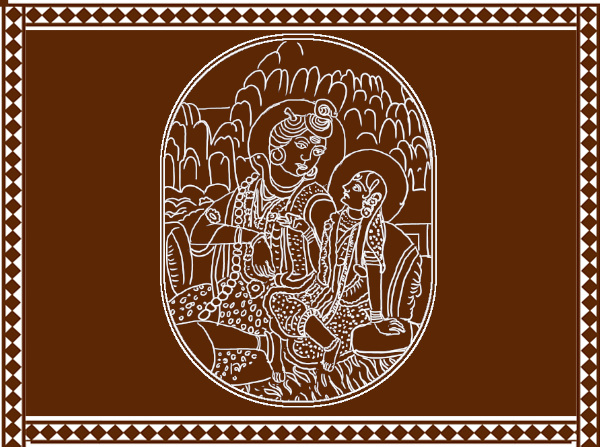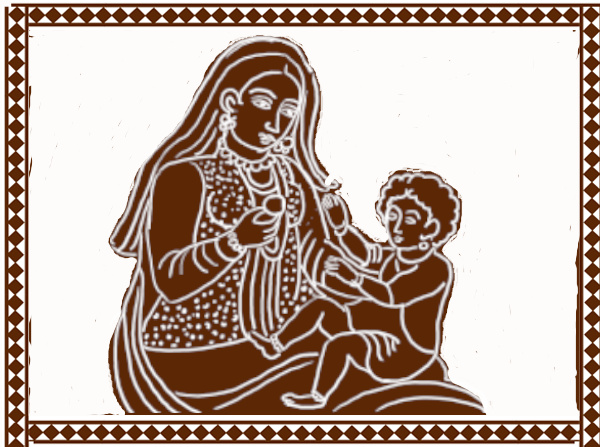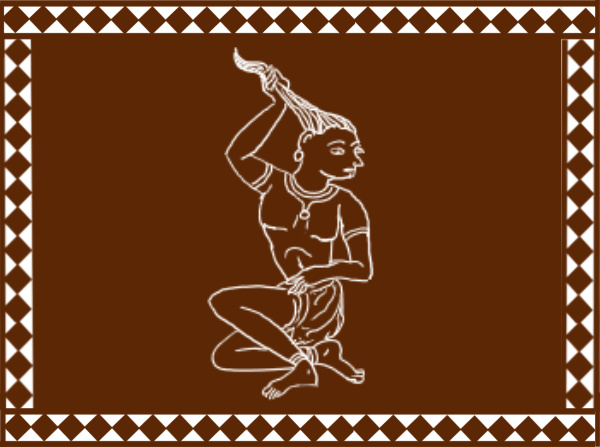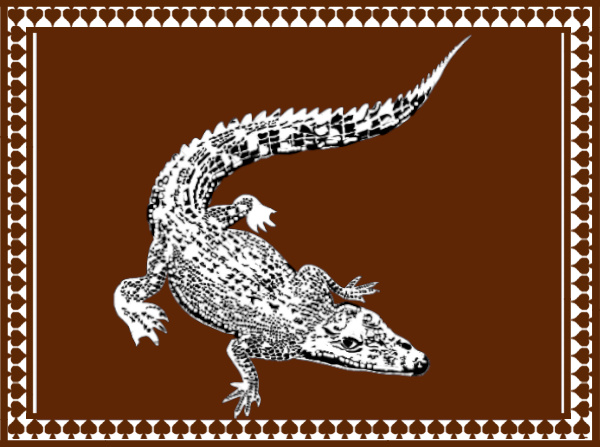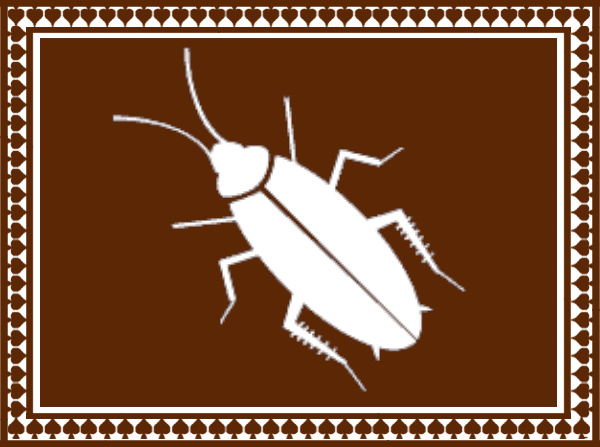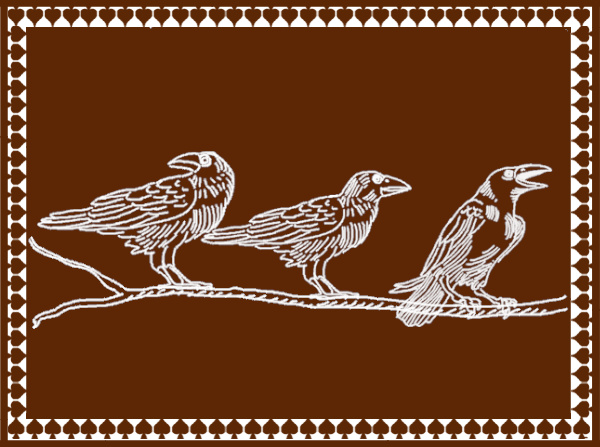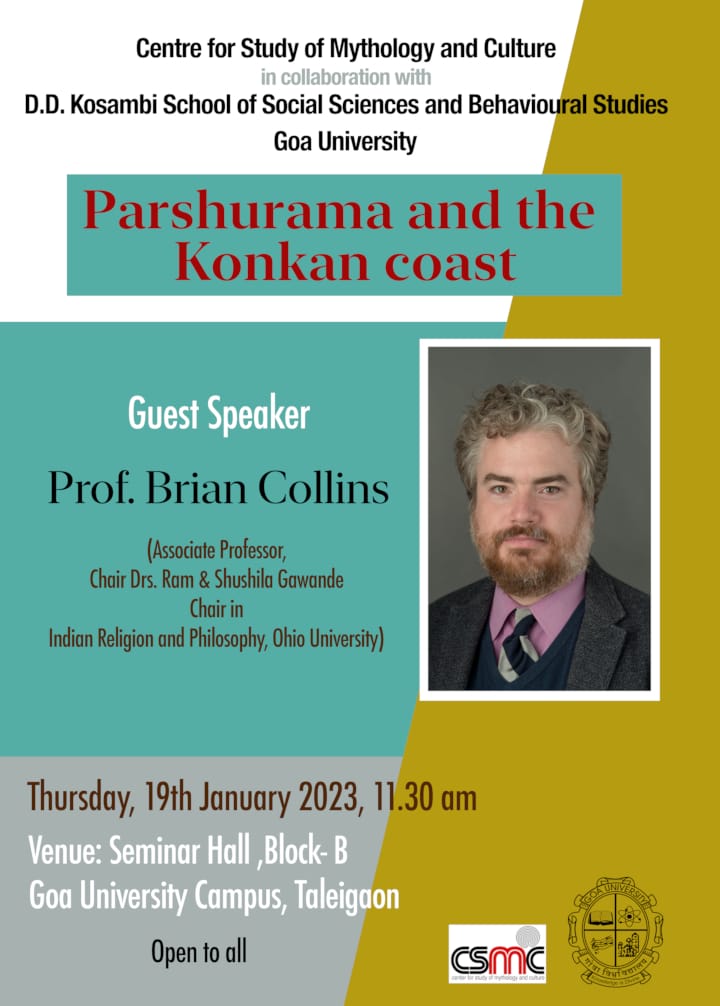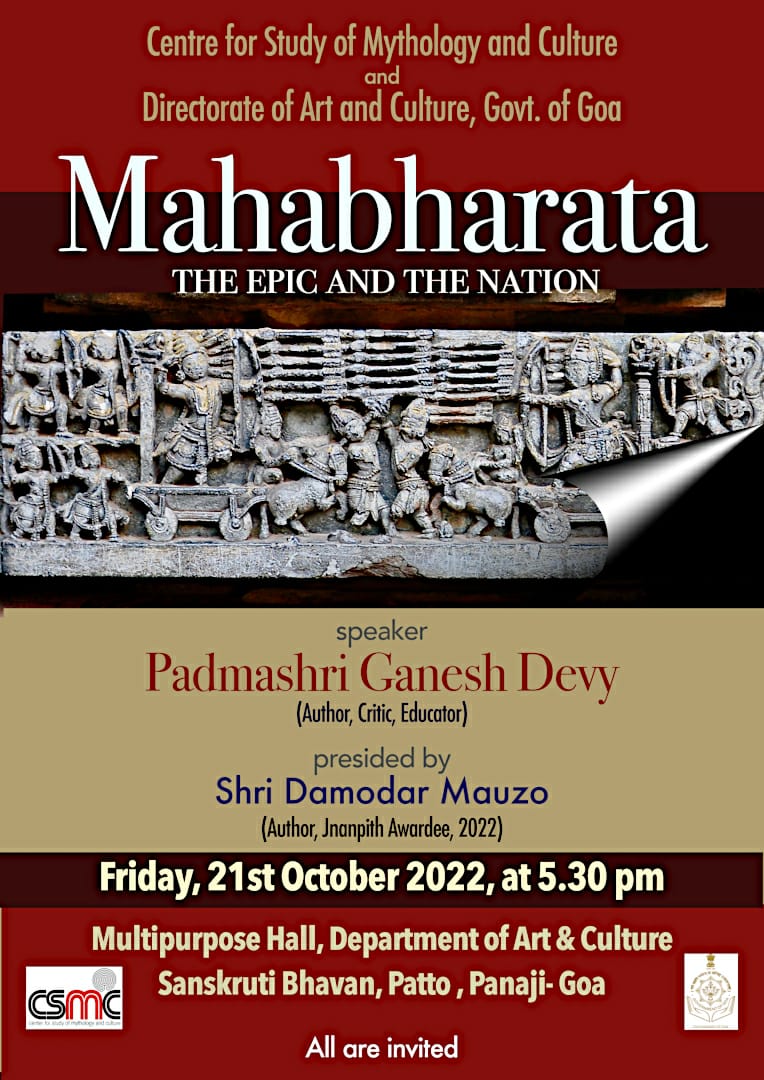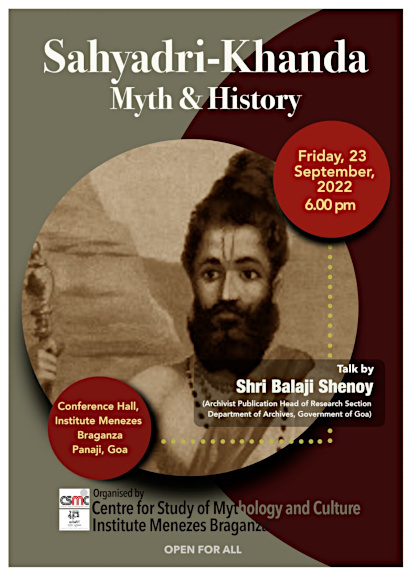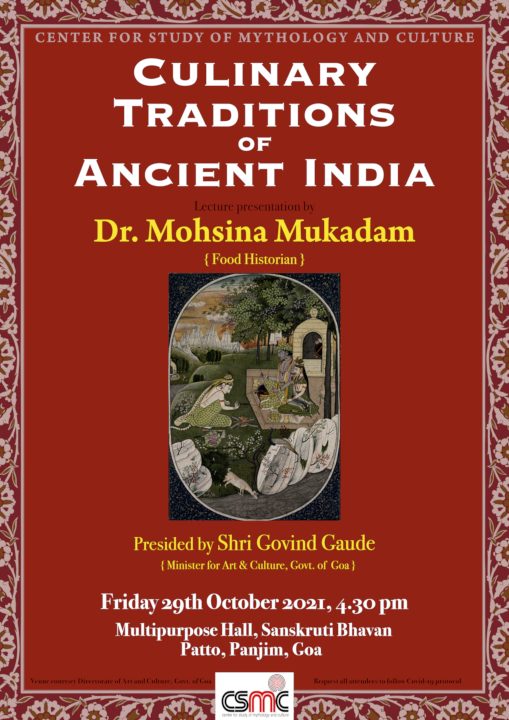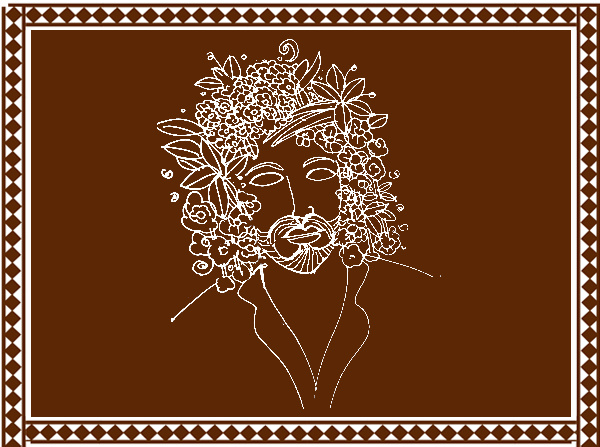
Childhood memories come to you in vivid colours. One of the distinct and colourful memories of my childhood is that of the San Joao feast, pronounced as ‘Sanjao’ in Konkani. San Joao stands for Saint John the Baptist of the Christian faith. The festival falls on the 24th of June every year, when monsoon rains arrive in Goa and the landscape turns lush green. Rivers and wells start filling up with water and dark rain clouds over the sky bring great relief to the lands parched by the summer heat. It is a season of hope and renewal of life.
During the festival groups of young men would visit the local community, singing and dancing, beating make-do drums, shouting “Viva Sanjao!” Dressed in colourful shirts and wearing wreaths of flowers called ‘kopel’ as headgear, they would carry tree branches with flowers in their hands . They would dance their way towards the community well and one of the men would then make a ‘rosar’or prayer to Saint Baptist, to bring peace and prosperity to the family and the community. Having uttered their prayers, men and boys would jump into the well which would be often brimming with rain waters. They would spend a few minutes singing religious songs while in the well and climb out once the singing is done. An elderly headman of the community would then reciprocate by giving them fruits, coconuts, and a bottle of country liquor in return. The group would then march to the next house singing “Viva Sanjao!” The whole act was considered as a blessing from Saint John.
But why did these men jump into wells and rivers? The legend says, Mary the mother of Jesus, was pregnant when she came to meet her sister Elizabeth, who at that time was pregnant with St. John. When two sisters embraced, baby Jesus ‘jumped’ with joy in his mother’s womb greeting baby St.John. This was a great moment for the two young mothers, predicting the divine births that were going to occur. Jumping into wells during the San Joao festival is explained as an enactment of this mythic event.
Sanjao festival is also known as ‘Maodeche fest’ or simply “Zanvoyamche Parab’ literally meaning, ‘feast of in-laws’. It is said that during this time the son-in-law would visit his wife’s parental home and would be treated like a royal guest. Traditionally he would be given a hot oil bath and a set of new clothes. A special flower wreath was placed over his head called ‘kopel’. The family would then attend the mass of St. Baptist at the village church. After the sermon, all the men from the village would gather at the village square to perform the act of ‘jumping in the well’. They would go from house to house jumping into the community wells or rivers or canals in the village. The in-laws would arrange a special feast for their son-in-law on this day with the best of delicacies prepared specially for him. At the end of the day as the son in law returned home after the celebrations, he was gifted with a basket full of fruits, mostly from their own orchard called as ‘dali’ in Konkani, new clothes and ‘kopels’ or flower wreaths. The basket would be filled with seasonal fruits like mangoes , jackfruits, pineapples, sweets and rice cakes. The christian community of Goa believes that the feast of Sanjao comes with the message of new hope. Priests often preach to the new generation to “Let go of bad habits and embrace good deeds”. In ancient times, this festival was prominently celebrated in North Goa, especially in Siolim village, observes Dr. Pandurang Phaldesai, a noted folklorist from Goa. But in recent times San Joao festival is celebrated all over Goa.
During the same time when the San Joao festival is being celebrated, the Hindu community of Goa celebrates a festival called ‘Parab’. Parab means celebration. With the coming of rains, people celebrate new life and regeneration of earth. The Parab festival could be one of the ancient fertility festivals of Goa celebrating the onset of the monsoon season.
Story Collected by : Vidya Kamat
Source: Sanjao by Gopinath Vishnu Gavas
Location : Goa
Image copyright: Vidya Kamat







